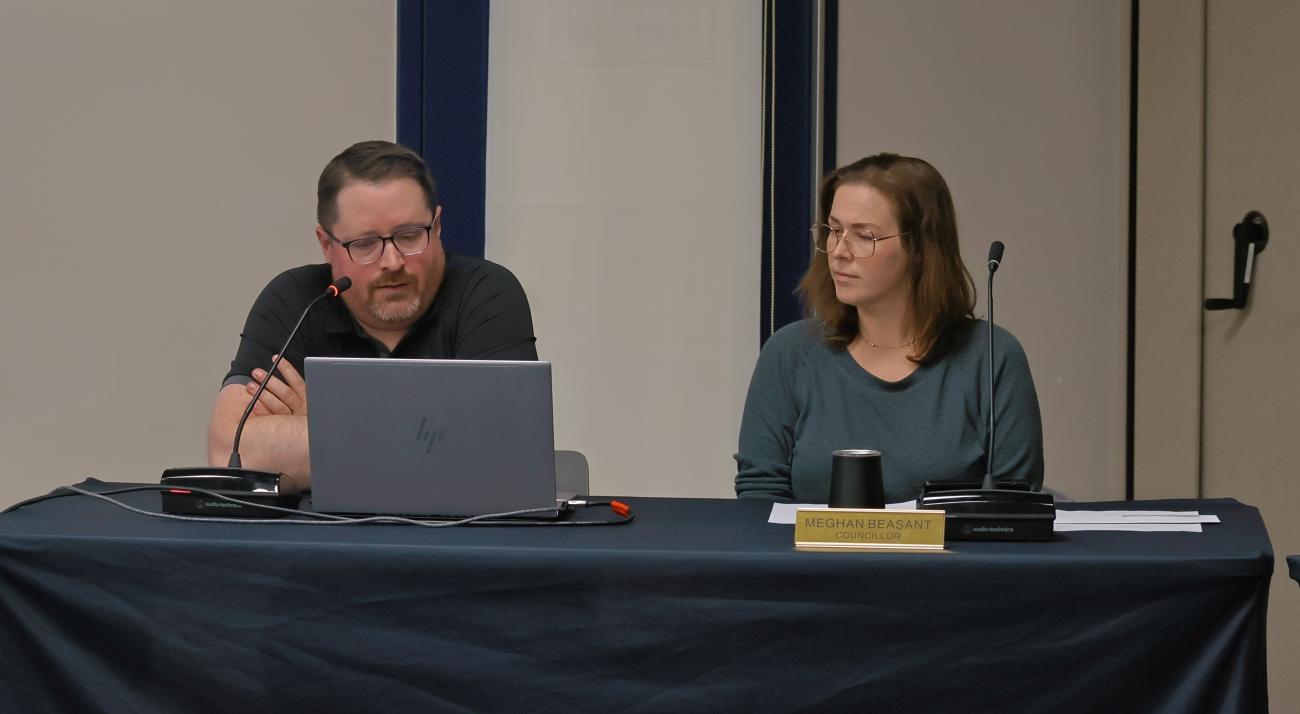At their April 15 public meeting, Niverville’s council voted unanimously in favour of accepting the 2025 budget as presented.
Since municipal taxation is based on home and business assessment rates, assessment years typically provide a little extra flexibility in terms of how much councils can work with.
According to CAO, Eric King, the value of Niverville’s residences went up, on average, by 20 to 22 percent since the last provincial property assessment two years ago.
For the Niverville homeowner, that’s good news, and it likely has something to do with the fact that the community, over the past 15 years, has become one of the most sought-after places to live in Manitoba.
But higher home assessments also mean higher taxes. King says, for a $400,000 home, which is Niverville’s median value this year, the municipal portion of the tax bill will go up by about four percent, or $86.29.
Council says they shoot for a two- to four-percent increase every year.
Because of higher property assessment rates, this year’s municipal mill rate was able to drop by two percent and still achieve the four percent revenue increase council needs to keep up with services, amenities, and growth.
Some projects requiring funding are the expansion of the medical clinic, administration costs for the upcoming RCMP detachment, the detailed designs of Highway 311 west, as well as the new fire hall, expanded recreational programming, and a splash pad system upgrade.
The waste collection levy will be subject to an increase on the property tax bill. This year, residents can expect to pay $150 per household, up by about $10.
As for the community’s debt load, Mayor Myron Dyck is proud to say that it is quite low in comparison with many other municipalities and cities across the country.
Based on Niverville’s property assessment totals, Niverville has the ability to borrow up to $25 million in order to fund projects if needed. Currently, the town carries a debt load of about $3 million, which is about as high as council would like it to get. Most of that debt is due to the municipality’s investment into the CRRC when it was first built.
According to Mayor Dyck, there’s another strategy helping to keep taxes low for residents, and it’s accomplished by maintaining healthy growth in both the commercial sector and multifamily housing.
Indeed, he says, it’s not because of single family homes that we have most of the amenities we do.
To give an example, Dyck asks residents to consider the cost of clearing snow from 100 feet of road. When you have two individual homes on that stretch of road, this service must be carried by a few taxpayers. But if an apartment block with 200 doors lies along that stretch, there are significantly more taxpayers amongst which to spread out the cost of that service.
According to King, budget creation is one of the more difficult jobs that a council is tasked with.
“There’s no such thing as an easy budget,” King says. “You’re always trying to do as much as humanly possible with as little money as possible. There’s always things we’d like to do more of, but at the end of the day you also don’t want to shock your ratepayers.”


